CBC Radio.
Bob McDonald’s blog: The movie’s fictional Darkstar aircraft is based on historical innovations in hypersonic flight.

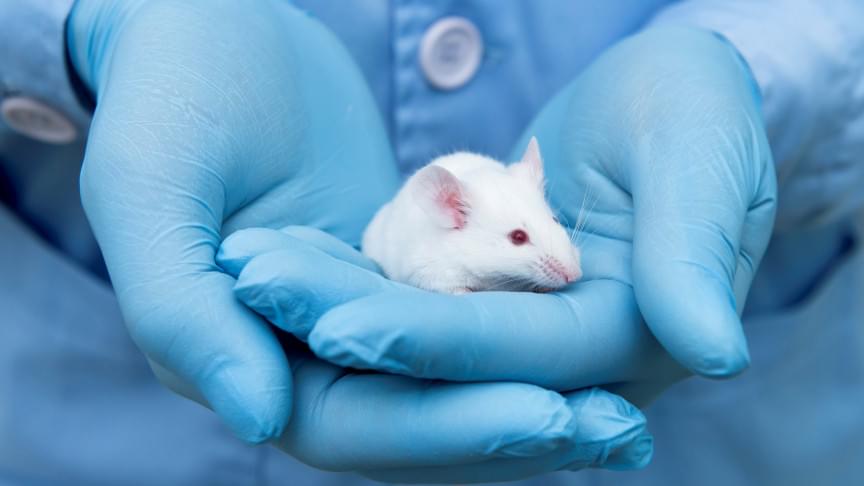

Supplementing your diet with the sea organisms Ascidiacea, also known as sea squirts, reverses some of the main signs of aging, according to a new study using an animal model.
While the Fountain of Youth, the mythical spring that restores youth to anyone who bathes in it or drinks its waters, is clearly fantasy, scientists are hard at work looking for ways to combat aging. Some of these scientists just had a breakthrough: they discovered that supplementing a diet with sea squirts, reverses some of the main signs of aging. While more research is needed to verify the effect in humans, as the study was conducted using mice, the findings are very promising.
If you’ve ever glanced in the mirror and seen greying hair and wrinkles, or if you’ve forgotten the name of a close friend, you may desire a medication that might halt or even reverse the effects of aging.
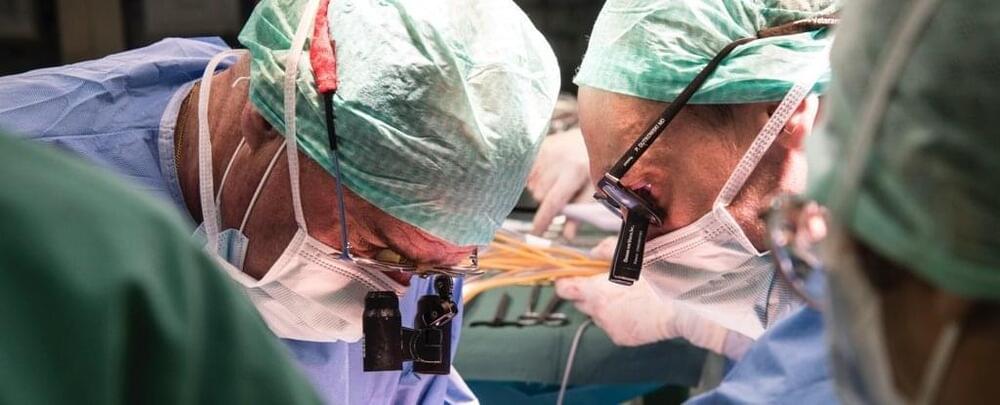
When a donor organ becomes available to someone in need of a transplant, medical personnel need to act quickly. It only takes a few hours for expanding ice crystals to damage delicate tissue, leaving a window of less than 12 hours to assess, transport, and implant the new organ.
This not only creates a tremendous time crunch to perform a delicate procedure, but leaves many organs unviable for transplantation.
But a new breakthrough could vastly improve the landscape of liver transplantation: Scientists kept a liver preserved for three days, in non-frozen conditions, before transplanting it into a patient.
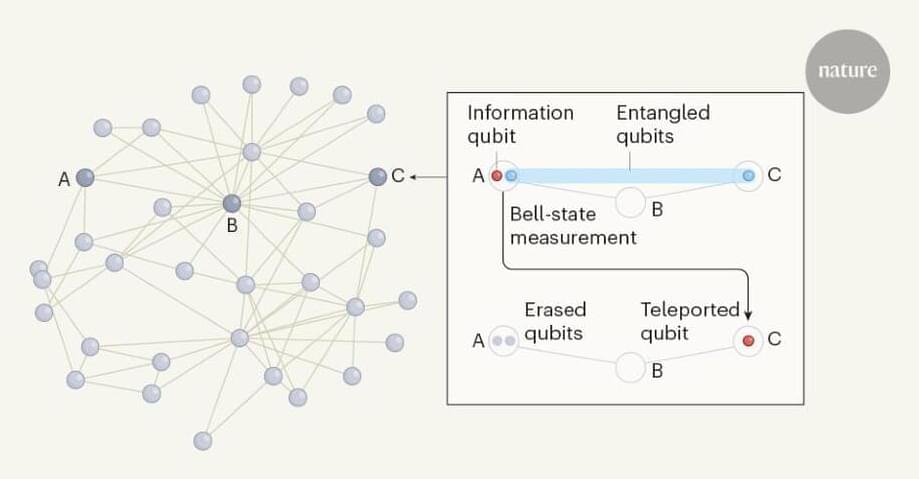
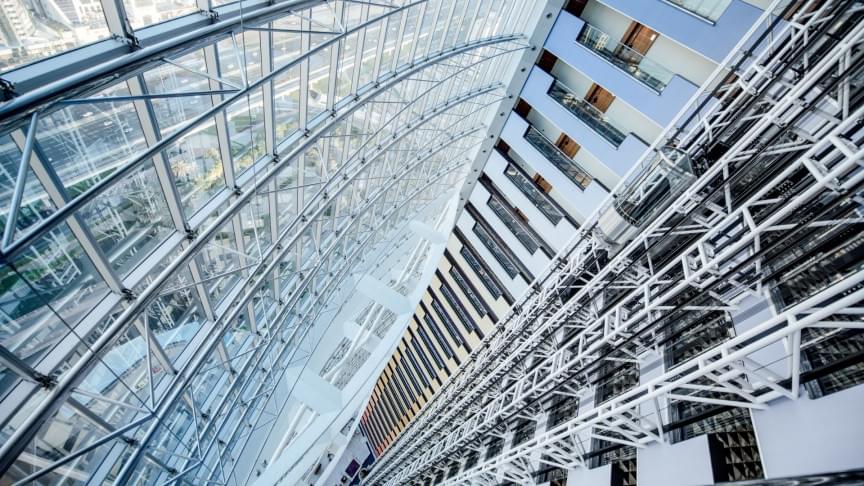
On May 31, 2012, a SpaceX Dragon capsule touched down to Earth after successfully launching into space and docking with the ISS. The private space industry would never be the same again.


Circa 2020 Lewis acids such as in some candies can active thc in cannibidiol making a room temperature thc activation. Which has been unheard of until now leading to a breakthrough in thc activation at lower temperatures even room temperature through a lewis acid catalyst.
The chemical reactivity of cannabidiol is based on its ability to undergo intramolecular cyclization driven by the addition of a phenolic group to one of its two double bonds. The main products of this cyclization are Δ9-THC (trans-Δ-9-tetrahydrocannabinol) and Δ8-THC (trans-Δ-8-tetrahydrocannabinol). These two cannabinoids are isomers, and the first one is a frequently investigated psychoactive compound and pharmaceutical agent. The isomers Δ8-iso-THC (trans-Δ-8-iso-tetrahydrocannabinol) and Δ4-iso-THC (trans-Δ-4,8-iso-tetrahydrocannabinol) have been identified as additional products of intramolecular cyclization. The use of Lewis and protic acids in different solvents has been studied to investigate the possible modulation of the reactivity of CBD (cannabidiol). The complete NMR spectroscopic characterizations of the four isomers are reported. High-performance liquid chromatography analysis and 1 H NMR spectra of the reaction mixture were used to assess the percentage ratio of the compounds formed.
Recent years have seen a dramatically increasing interest in phytocannabinoids. Isolated from Cannabis in 1940,1,2 cannabidiol (CBD) is one of the most abundant phytocannabinoids in the species of Cannabis for textile uses.3,4 Despite the structural similarity between CBD and Δ9-THC (trans-Δ-9-tetrahydrocannabinol) (Figure Figure1 1), CBD has a low agonistic effect for cannabinoid receptors; in particular, it is considered an allosteric negative modulator of CB1 and CB2 receptors (cannabinoid receptor types 1 and 2).5,6 Current evidence shows that CBD exerts pharmacological effects via specific molecular targets such as adenosine, glycine, opioid, serotonin, nonendocannabinoid G protein-coupled, nicotinic acetylcholine, and proliferator-activated receptors.7 Moreover, CBD shows anticonvulsant, antispasmodic, anxiolytic, antinausea, antirheumatoid arthritis, and neuroprotective properties.
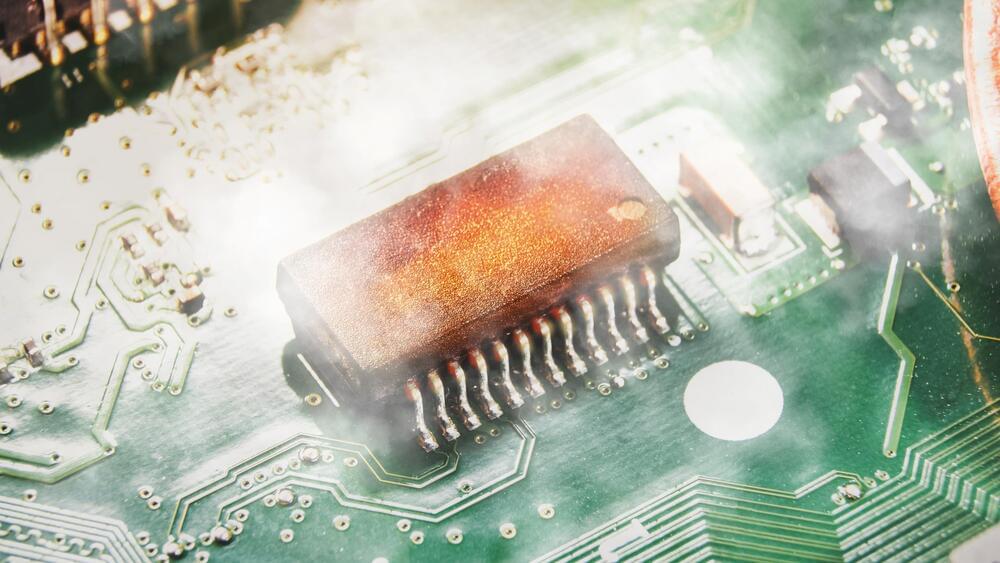
We have all had the experience of one of our electronic devices overheating. Needless, to say that when that happens, it becomes dangerous both for the device and its surroundings. But considering the speed at which devices work, is overheating avoidable?
A 740 percent increase in power per unit.
Researchers at the University of Illinois at Urbana-Champaign (UIUC) and the University of California, Berkeley (UC Berkeley) have recently devised an invention that could cool down electronics more efficiently than other alternative solutions and enable a 740 percent increase in power per unit, according to a press release by the institutions published Thursday.